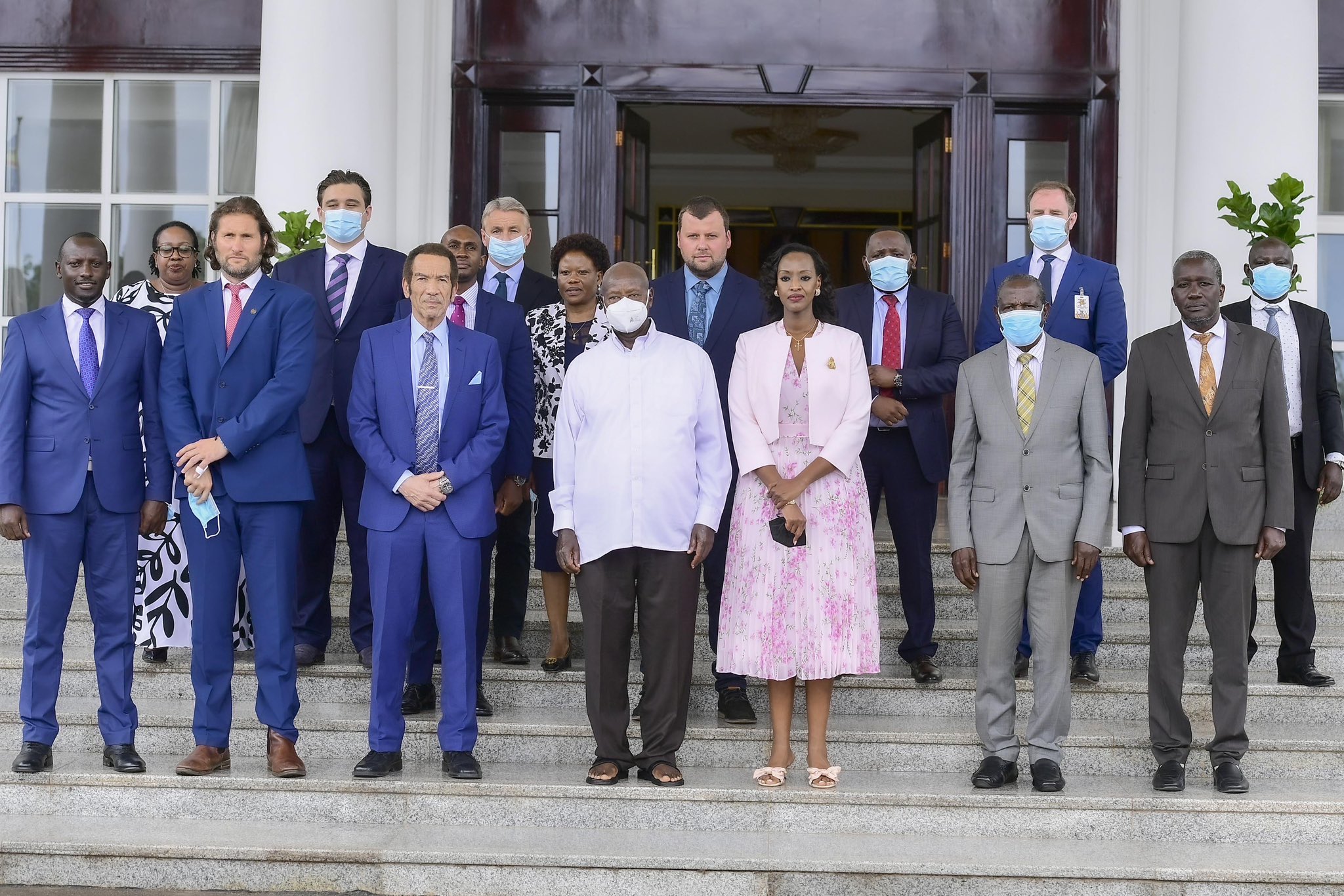Prime
Ugandan student showcases model warship in US

The model warship on display at the cultural exhibition in Washington DC in May 2022 while inset is Ugandan, Ronald Nnam. PHOTO/COURTESY
What you need to know:
- The design project took him five years, a delay linked to research, material acquisition and material stock-outs.
A Ugandan student living in the United States at the weekend showcased his 34-foot hand-made model warship at the Passport DC 2022, an annual month-long cultural exhibition staged in May, which is also the International Cultural Awareness Month in Washington DC.
The cultural tourism, according to information on the website of Passport DC, includes “programming by embassies and some of DC’s very best cultural institutions, [and] thousands of people enjoy the popular embassy open houses, street festivals, performances, exhibitions, workshops.”
ALSO READ: Trends that will shape technology
It is this wide exhibition stage to which Mr Ronald Nnam, a graduate of Makerere University Business School (Mubs) who is now living and working as an IT analyst in Silver Springs, in the US state of Maryland, has burst onto with a warship design that has confounded scholars, diplomats and other professionals.
“I like designing and building aerospace, naval and planetary motion, ballistic, rocket science and robotics. I’m motivated by very complex engineering. From three to 10 years, I was notorious for opening and sometimes destroying home appliances, including my mum’s baking machines or house electric drills just to learn how they functioned. I still buy machines just for the purpose of destroying them,” he said.
Mr Nnam said he worked his model around Russia’s biggest warship that is part of the Kirov Class that, according to information on Wikipedia, is a nuclear-powered guided missile cruiser.
“The project is a Simple 3D build of a Heavy Missile Cruiser of the Russian Navy. Pyotr Velikiy is the name of this warship. [it was renamed so following the collapse of the Soviet Union – Editor]. In this project, I use mason ladders, PVC Pipes, brushless motors, wires, mesh, styrofoam balls, pliers, needle nose pliers and snipes to cut, twist and pull wire to fasten mason ladders,’’ he said.
The design project took him five years, a delay linked to research, material acquisition and material stock-outs.
Mr Nnam wants to fully develop his prototype warship, but lacks finances to realise his dream.
“Help from the government or someone with the means is welcome,” he said, adding:“If I can acquire a large floor space and consistent funding that does open so many possibilities to what projects can be made, [I’d appreciate].”
Embassy hails student
Ms Margaret Kafeero, the minister-counsellor at Uganda’s Embassy in Washington DC, who has worked with Mr Nnam and the embassy to put this model out to the world, said the creation should inspire Ugandan children to aspire higher.
“Ronnie’s creation is a reflection of the talent that many Ugandans take for granted. Children in Uganda will make a car out of an old tire and two sticks, they will use old wires and rubber strips to make a toy car or toy bicycle without ever stepping in a technical institute. That is creativity and talent. To us at the Embassy, Ronnie’s work speaks of that talent, but it is designed in a way that an American child can see and understand,” she said.
Who is Ronald Nnam
Ronald Nnam was born in present-day Alebtong District to Ambassador Alfred Nnam, a Ugandan diplomat, and Ms Ruth Atim Nnam. He is the fourth of five children. He attended kindergarten at Mbuya Nursery School, took primary classes at St Kizito Primary School Bugolobi, Kiswa, Kalinabiri and Reverend John Foundation School.
ALSO READ: Cloud technology is the future of businesses
He then joined St Mary’s College Kisubi for O-Level, sat A-Level examinations at Bishop Cipriano Kihangire before pursuing a Bachelor’s degree in Business Administration at Makerere University Business School, graduating in 2013. Nnam then relocated to the United States where he acquired computer certification in Maryland, where he lives.





